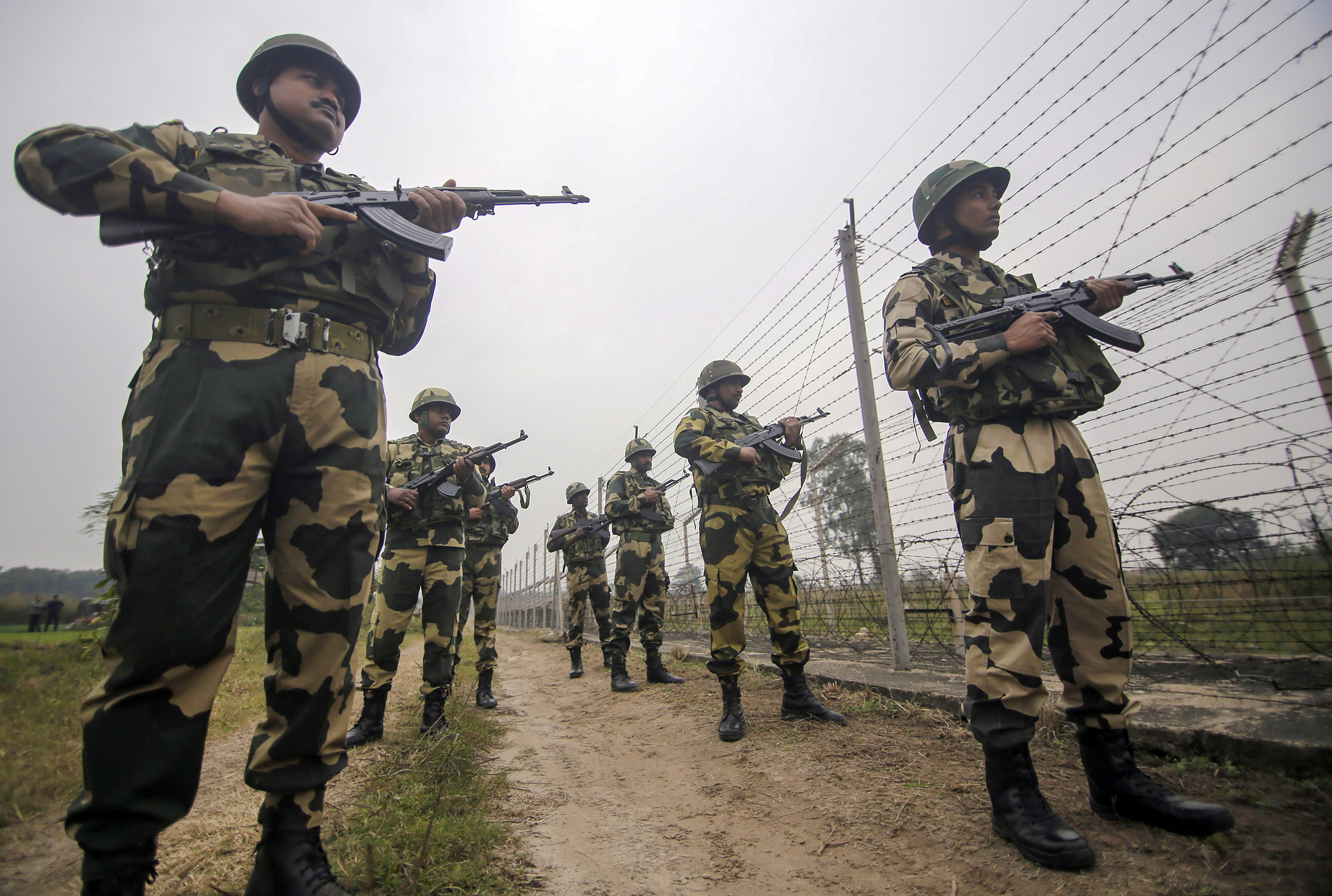
India left with few options in dealing with China, Nepal

The tragic confrontation at Galwan valley with Chinese troops that left an Indian army colonel and at least 20 soldiers dead besides unconfirmed casualties on the other side should ideally lead to soul-searching between the two countries.
Since there are no clear markings delineating much of the 3500 km border between the two countries, such flare-ups are going to happen and each such tussle has the potential to go out of hand. The consequences in a worst case scenario are even scary to contemplate, considering that India and China are among the most extensively-armed countries in the world, with enormous firepower including the nuclear option.
Related news: Is China pitching for territory in Ladakh?
The geopolitical situation to the north of the country resembles a high-stakes chess game. China, by all accounts, has managed to wean India’s until-now friendliest neighbour Nepal into its camp. It is not all to Beijing’s credit though, as the Narendra Modi government in New Delhi erred on a few occasions making it easier for Nepal to make a choice in favour of China.
The options for India seem limited, as the dispute with China is linked to events that go beyond the border issue. It is widely acknowledged that Beijing has made great strides on all fronts that give it an intrinsic advantage over India. Even on the trade front, India imports more from China than it exports, and the total worth is around $90 billion annually.
So, while nationalist groups in India which support the Modi government may call for boycott of Chinese goods, the question is whether such a boycott is practical or viable. As the situation exists today, it doesn’t make sense. If at all, such calls only serve to worsen an already strained relationship.
Increasingly it appears that the border flare-ups are linked to extraneous issues involving India and China. In the present case, New Delhi’s recent dalliance with the US-led Mutual Logistics Support Agreement that includes tie-ups besides Washington, with France, Australia, Singapore and Japan is patently an arrangement that targets China.
Also, India’s support to Taiwan on the issue of its observership at the World Health Organisation was deemed by China as an unfriendly act.
Related news: China unilaterally trying to change status quo: MEA on Ladakh stand-off
To top it, the BJP government at the centre has not exactly covered itself with glory over its foreign policy in the neighbourhood. Antagonising Nepal by supporting the agitation of the Madhesis (Nepalis of Indian origin) in 2015 on an internal issue regarding its newly framed Constitution proved to be a blooper. The result is that Kathmandu has moved closer to China than ever before, for it was Beijing that came to its rescue when India supported the blocking of essential supplies into Nepal during the Madhesi agitation.
So, what better time for Nepal to bring up its own claim to the 372 sq km of land in the Limpiyadhura-Kalapani-Lipulekh (L-K-L) triangle to its west, and India’s northwest. Nepal has suddenly turned out to be an extra powerful “pawn” that China could well be using against India.
Related news: India wants peace, not land of China or Pakistan: Gadkari
Since the dispute with China flared up a few weeks ago, there has been no cogent response from the Indian government. While defence minister Rajnath Singh has said the flare up would be resolved through talks, he has also said added that India was not a “weak nation” anymore.
Beyond this, there has been no word from the government on how it plans to handle the dispute once the ongoing tension is defused.
Similarly on Nepal, after a long near-silence regarding Kathmandu’s assertion that the L-K-L triangle belongs to it, the defence minister said the issue will be resolved through dialogue. With India already having built a road through the L-K-L triangle and claiming that the territory belongs to it, there is no indication how the government can convince Nepal to back off from its assertion.
In the event of Nepali recalcitrance, it is inconceivable that India will go aggressive. For, if it does, the government may end up playing into the hands of China which already has its large paw firmly entrenched in that country. In other words, India has, inadvertently at best or thoughtlessly at worst, allowed Nepal to slip out of its embrace. And, to recover the friendship it will require the Modi government to do much more than merely trying to persuade Kathmandu to accept the status quo in the L-K-L triangle that includes India’s newly-built road on the border.
Related news: India, Australia agreement could be a red rag for China
While India is fire-fighting on its northern borders, globally it appears New Delhi is gaining approval in Washington. US President Donald Trump’s recent invitation to India to join the G7 countries along with a couple of other allied nations, if it comes through, will firmly ensconce New Delhi with the West. In the process, it will interfere with its ability to negotiate China, as Beijing may not take kindly to India’s shift to the West.
The quandary for India is there may be advantages in tying up with the West but that will not help New Delhi when local disputes arise. For, the US and its allies for all their antagonism with China, have huge stakes and continue to do business with Beijing and will not want to jeopardise their interests for the sake of India.
This effectively leaves New Delhi in a lurch, as one is witnessing now. With China joined by Nepal and traditional India-rival Pakistan the options for the Modi government seem severely constrained, much more than in earlier years, and that is not a palatable situation for India in the long run.

